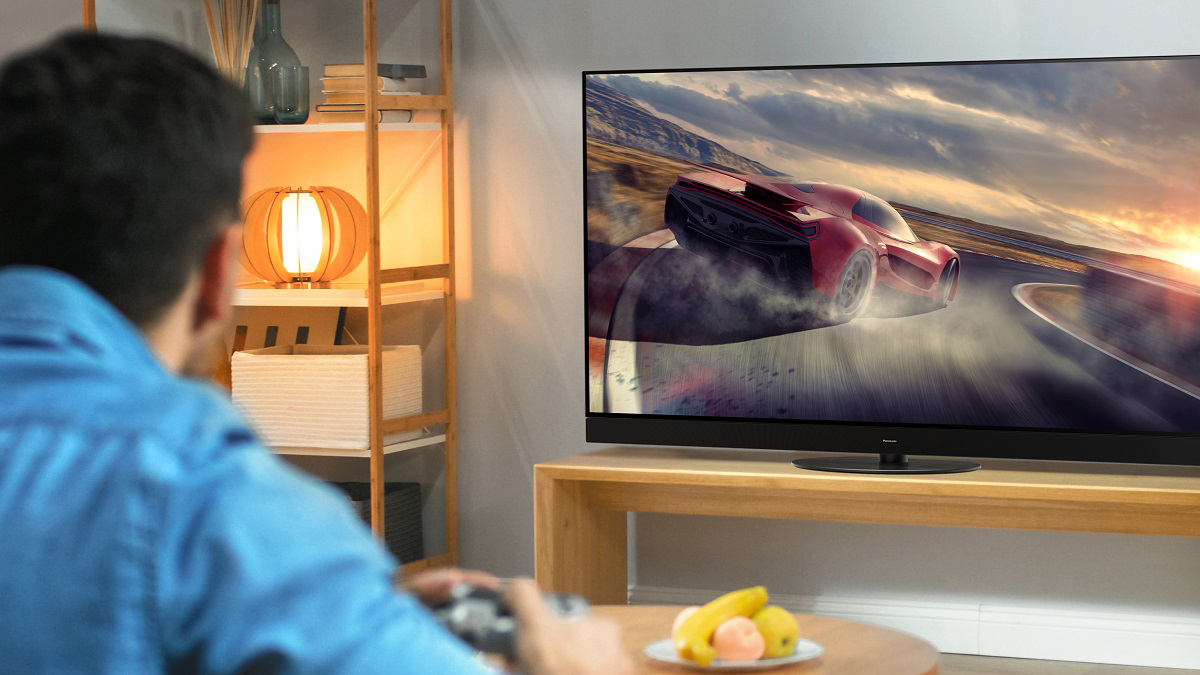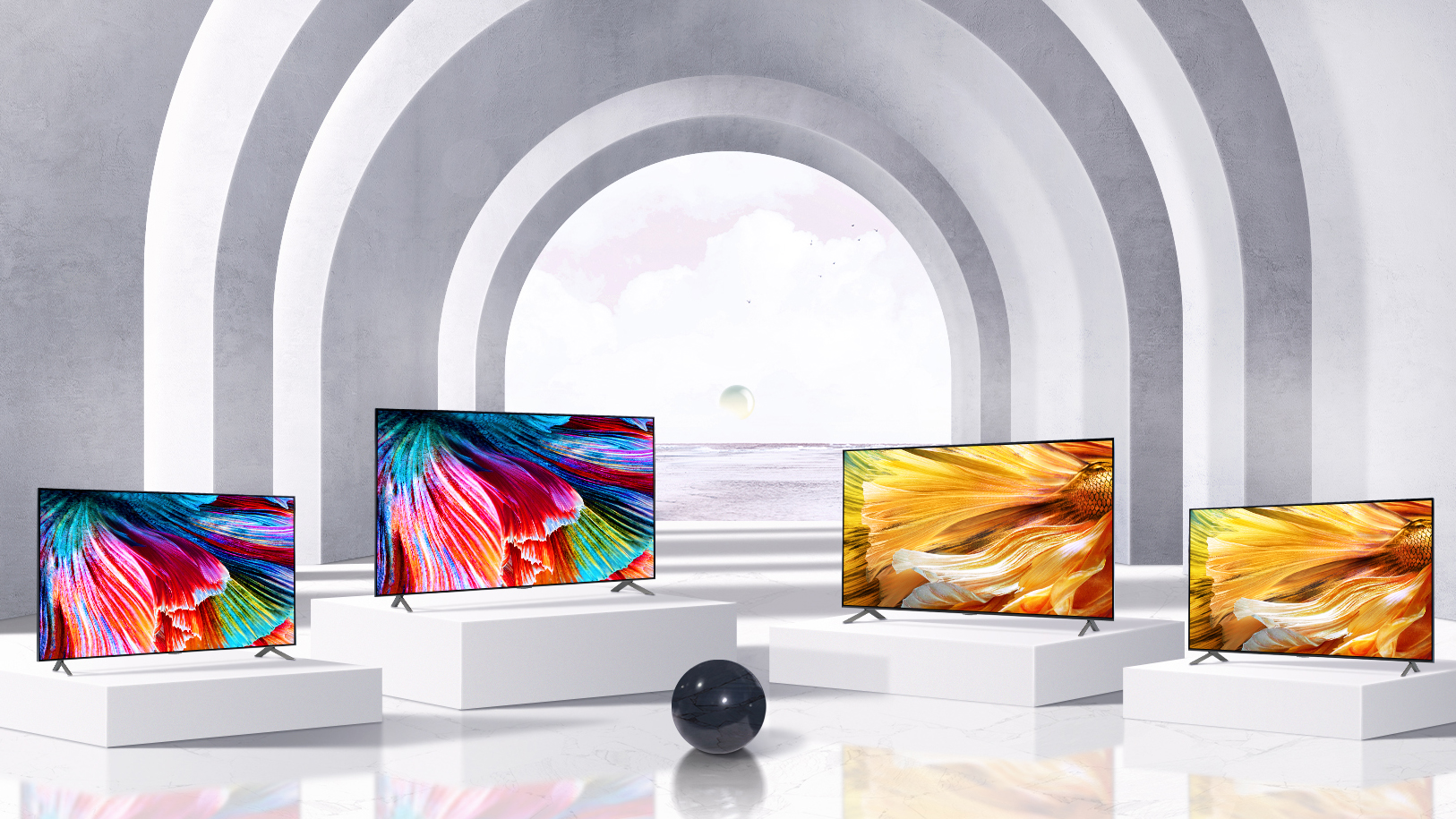Another year, another round of TV announcements. While the CES 2021 expo at the start of the year was a bit muted compared to previous yea...
Another year, another round of TV announcements. While the CES 2021 expo at the start of the year was a bit muted compared to previous years, given the shift to an online event and some glaring absences – Hisense, for one, skipped out on the event entirely – we’ve still heard a lot about new TVs set to launch in the coming year.
It’s notable, though, that much of the emphasis this year seems to be on factors and features other than picture quality – the element we usually give the greatest importance when buying a new TV.
What do we mean by that? Well, this is the first year of TV ranges after the launch of the PS5 and Xbox Series X next-gen consoles, and it means that manufacturers are having to think hard about what features are needed to work well with these new gaming machines. HDMI 2.1, VRR (variable refresh rate), and 120Hz panels are all important here, while Samsung is being very explicit about interface improvements for gamers too, such as overlays for quickly checking response time.
Samsung’s new MicroLED TVs even offer split-screen for 2-4 simultaneous content feeds – so you could game alongside your friends or family, though you’ll be looking at using 2-4 different consoles to get the benefit.
- Every 48-inch OLED currently on the market
Some TV brands are achieving more than others in this area: LG’s OLED TV range famously boasts sub-1ms input lag, while Samsung has managed low input lag even on mid-spec LCDs for a while now. Panasonic has proudly showed off 14.4ms lag on its new JZ2000 set, which is a notable improvement, if a bit late to the sub-20ms ballpark.
One of the most fascinating admissions from TV brands we heard, though, was a representative from Panasonic telling us that the picture quality on its TVs was simply so good, it barely had any room to improve – leading the company to focus on pretty much everything else.
“We’ve got to a level where there’s really not very much more we can do to [the picture],” we were told. “It’s so good, and it’s only going to be incremental improvements at this point – that's why we’ve shifted our focus to the feature set, say with gamers, and I think you’ll be surprised with how much that’s been improved.”

Sound and vision
Gaming isn’t the only new priority, either. We doubt we’re going to see any sound system overhauls quite like the OTS (Object Tracking Sound) technology we saw on new Samsung TVs last year, but some TV makers are certainly trying.
Panasonic has confirmed its flagship JZ2000 OLED will feature side-firing speakers, alongside the upward-firing and front-firing audio found on previous models, shooting sound left and right out of the TV for a dynamic surround sound presence. Even if total audio output has dropped from 140W to a more relaxed 125W, we expect the experience will feel altogether different.
We’ve already written on the tripod TV stands coming to both Samsung The Frame and LG’s Gallery Series OLED successor, which shows that both companies are thinking about peripherals – not just what the TV’s picture looks like, but how it’s framed by the exterior, and how it fits in a wider space.
It wouldn’t be fair to say picture quality had been ignored altogether this year, of course, and there is some effort in tackling brightness output specifically. The new LG G1 OLED features OLED evo technology to help peak brightness – even if it only applies to one model in the LG 2021 TV range, which makes it a somewhat more hesitant development than we would have hoped.

LG has launched a whole new LCD range under the name QNED, using MiniLED backlights to improve brightness control and therefore boost contrast while limiting blooming on its screens – while Samsung has embraced MiniLED to improve its QLED screens too.
All that should improve picture quality, but those examples are limited to LCD screens. And it underscores that the argument that the organic LED (or ‘OLED’) panels in most TV brands’ premium ranges may have reached something of a plateau, with other areas such as sound and gaming needing more attention to keep some momentum in improving current-gen screens.
That’s not to say the picture can’t improve, but we may be waiting a few years for any seismic changes – whether that’s an overhaul to OLED panels that boost their potential brightness, a QD-OLED hybrid from Samsung that bridges the best of QLED and OLED tech, or more models with the self-emitting MicroLED tech that could be poised as an OLED rival in the years to come.
For now, though, just sit back and enjoy the show.
- New Samsung TV: every new screen announced for 2021
from TechRadar - All the latest technology news https://ift.tt/3iDaIdI
via IFTTT









COMMENTS